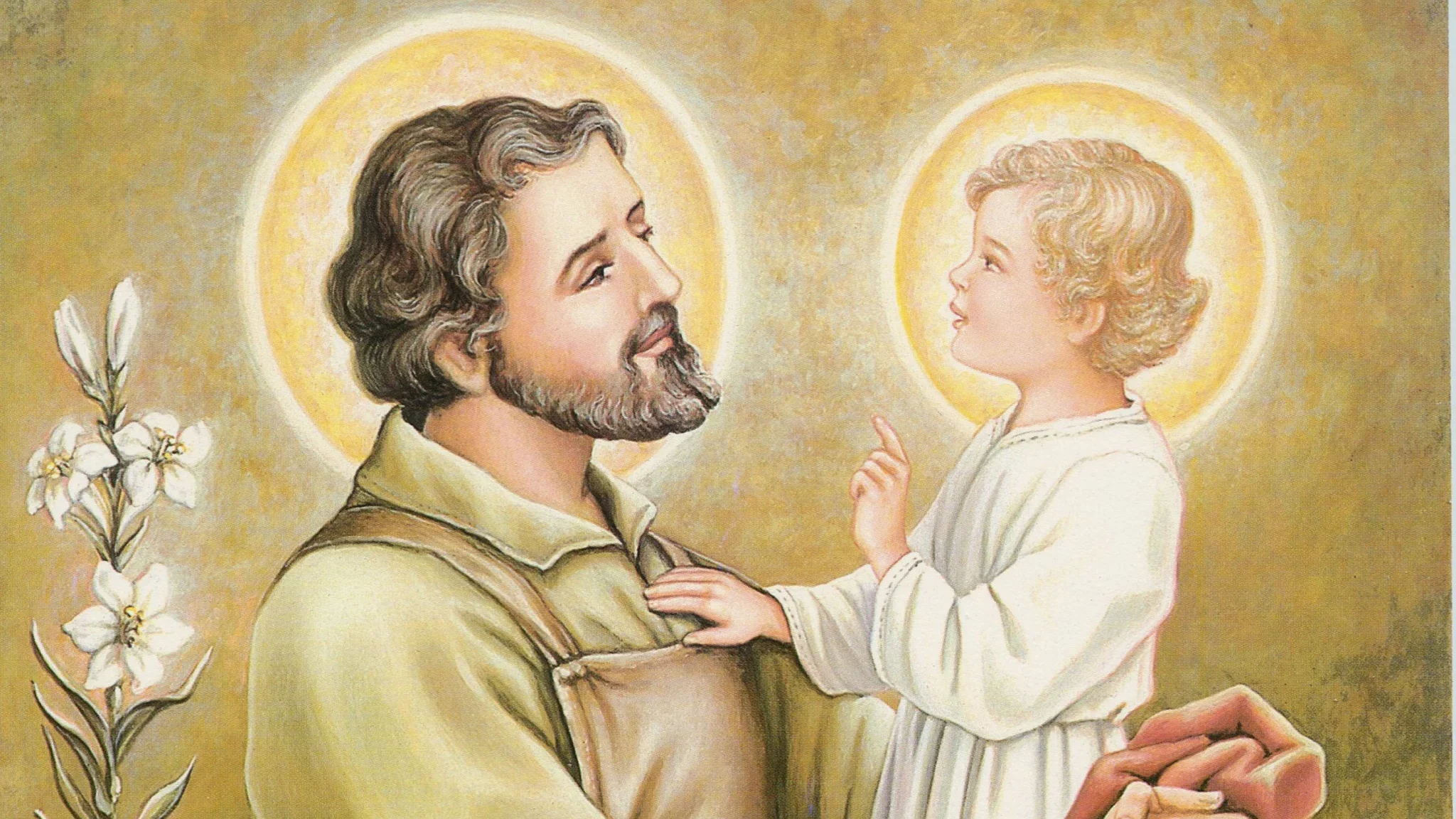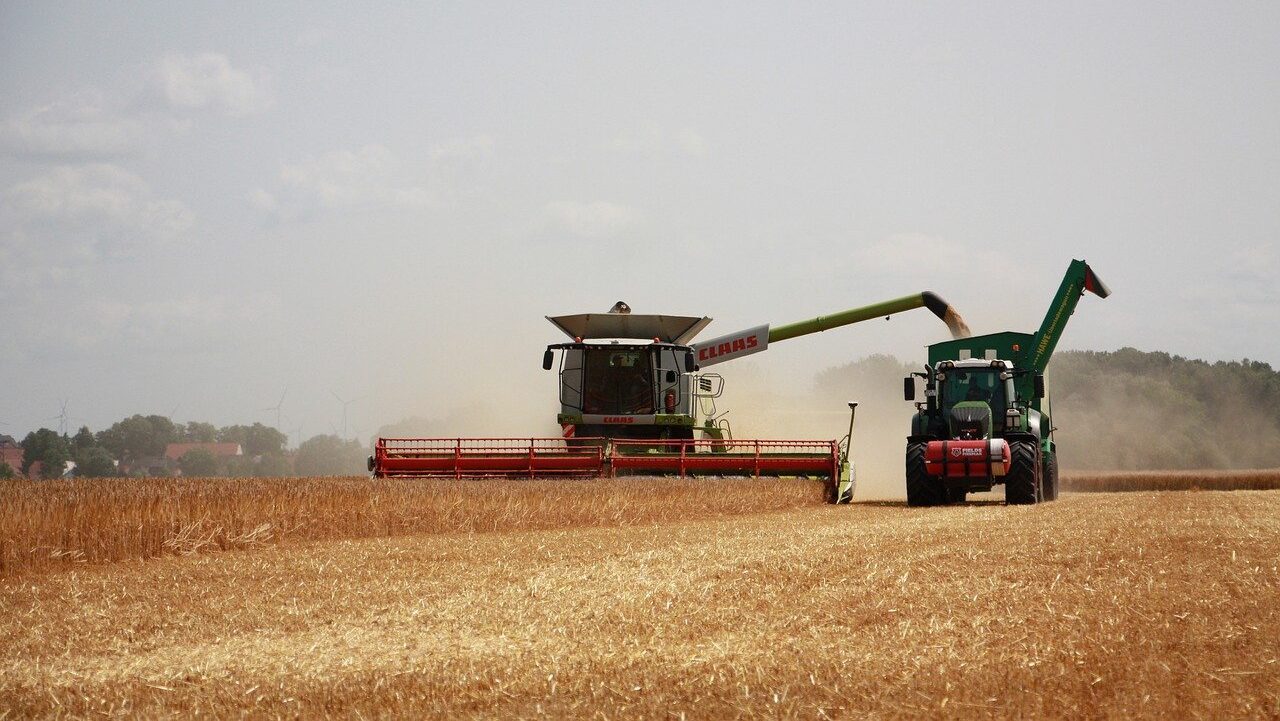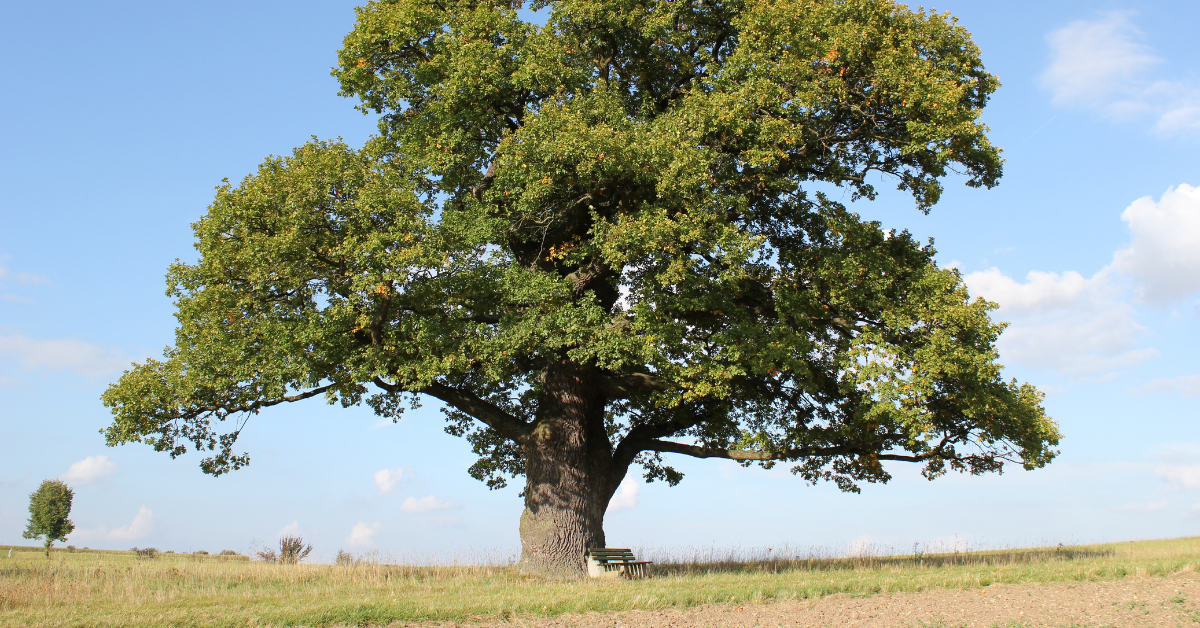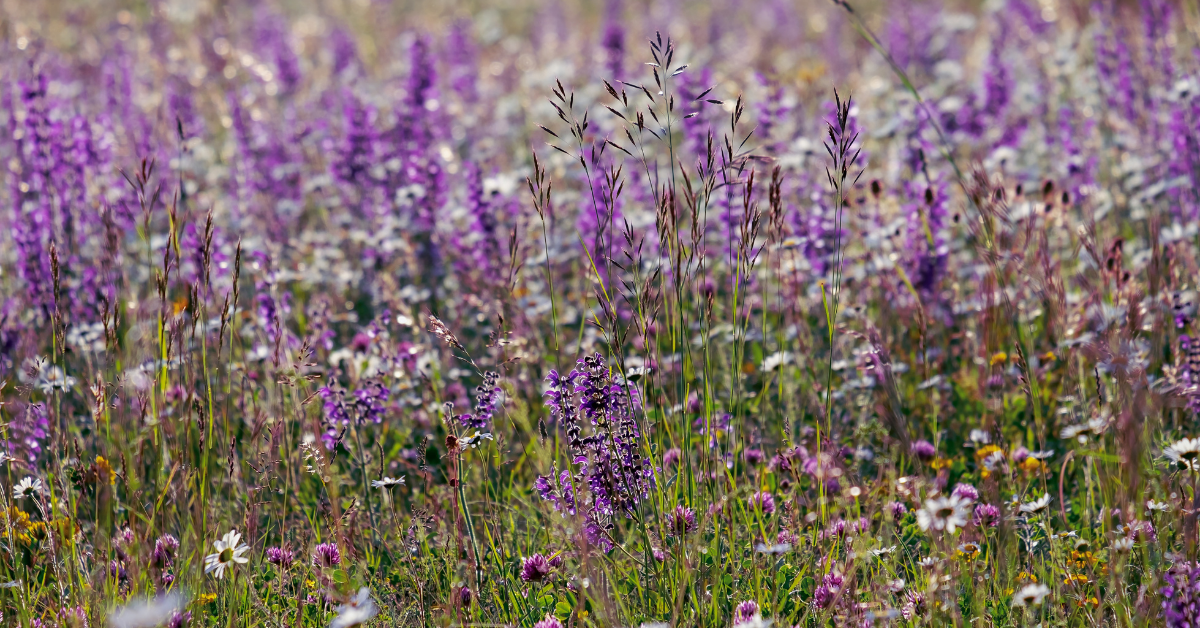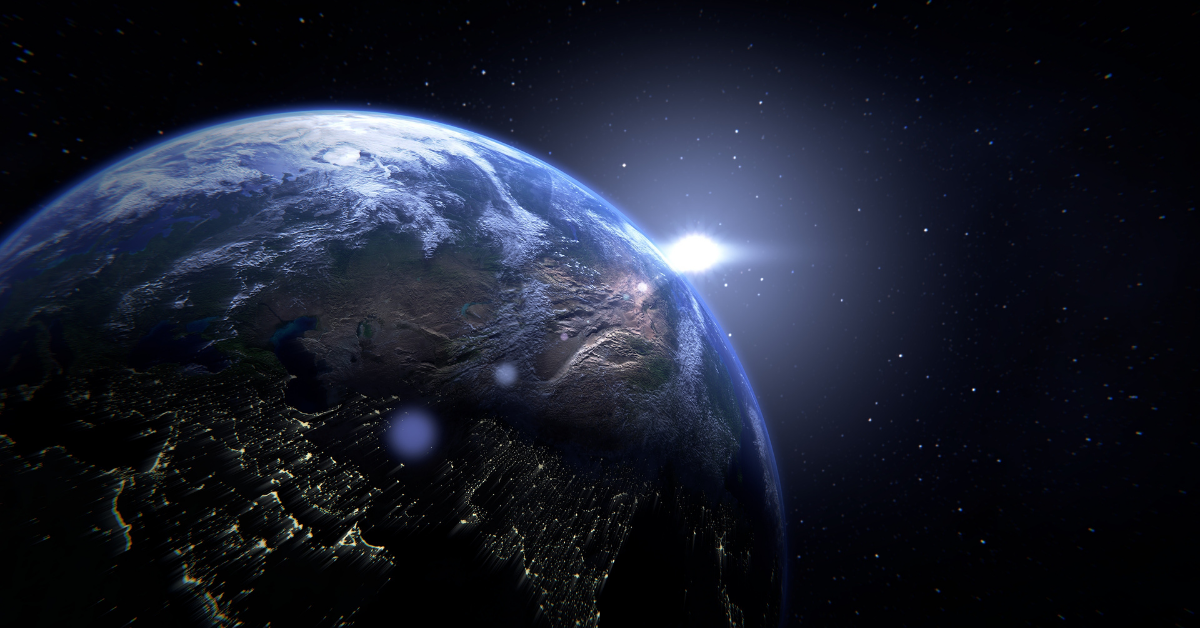The following presentation was delivered on June 3, 2015 at a seminar on “Human and Natural Ecology” at the Saint Paul Seminary School of Divinity.
In my introductory remarks yesterday, I noted that the encyclical ought to be situated against the broader horizon of Catholic doctrinal tradition and alluded to the Manichaean and Albigensian heresies as instances in which the church had to defend an understanding of creation and our place within it against rival interpretations of the cosmos.
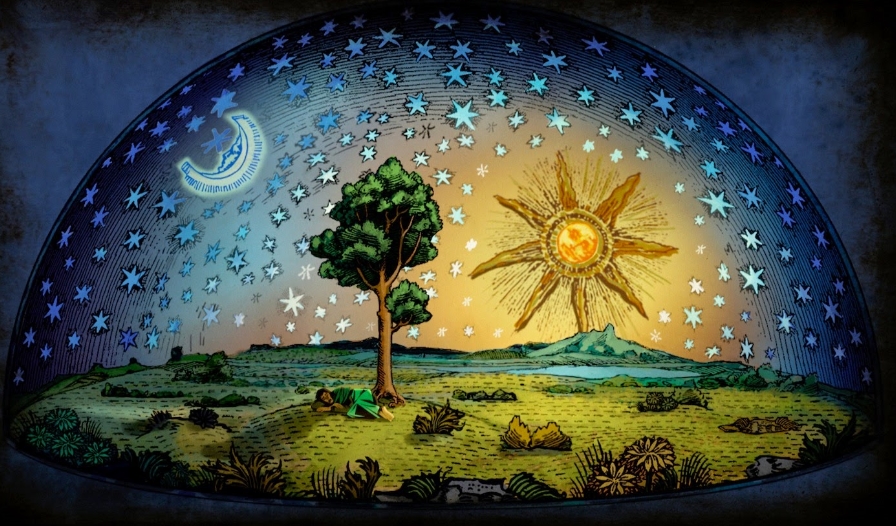 I would like to return to the general project of placing the church’s engagement with environmental concerns in a broader doctrinal context, because I believe that much of the rather frenzied reaction to the encyclical of both a liberal and conservative bent seems driven by a considerable amount of ignorance about the church’s engagement already undertaken. The alarm and general hyperbole that has marked the reception of the encyclical is animated to a large extent by an ignorance about the church’s repeated efforts to address the question.
I would like to return to the general project of placing the church’s engagement with environmental concerns in a broader doctrinal context, because I believe that much of the rather frenzied reaction to the encyclical of both a liberal and conservative bent seems driven by a considerable amount of ignorance about the church’s engagement already undertaken. The alarm and general hyperbole that has marked the reception of the encyclical is animated to a large extent by an ignorance about the church’s repeated efforts to address the question.
Our contribution as stewards of our faith tradition will be to help others receive the Holy Father’s reflections in a broader and more appropriate context. I am delighted to offer the following remarks by way of contextualizing the encyclical.
Josef Pieper, in an essay entitled “The Philosophical Act,” speaks of the difference in meaning when we speak of something in a “location,” something in an “environment,” and something in a “world.” What differentiates proper usage, Pieper argues, is not a consideration of the object’s ambient circumstance; rather, it is the distinct capacities of the object itself. Thus, we speak of the “location” of rock, the “location” of shale, or the “location” of oil because rocks, shale, and oil are rather simple in their operations, their activities. But when it comes to plants and animals, we speak not only of their location, but now of their environment, because plants and animals do not merely occupy a position; they inhabit a place and interact with the elements surrounding them, drawing their ambient resources into their more complex operations.
But there is only one kind of creature, Pieper suggests, who occupies a world, a cosmos, and it is precisely the human person. The human person, with his or her capacity for intellectual comprehension and understanding, occupies not merely a location, not merely an environment, but a cosmos. And it is this unique spiritual capacity which renders all conversations about “humans and their environment” potentially inadequate.
This unique spiritual capacity of the species differentiates us from the rest of the created order and it grounds our position in a world—as more than creatures dwelling in an environment. To be human, Pieper writes, “is to know things beyond the ‘roof’ of the stars, to go beyond the trusted enclosures of the normal, to go beyond the ‘environment’—to the ‘world’ in which that environment is enclosed.”
Thus, to speak of humans and the environment3 without any reference to our status as intellectual creatures within an ordered cosmos, is to reduce the human person to a mere animal among creatures. It is to deny the spiritual capacity of the human person as that intellectual being capable of unifying in a single intellectual apprehension, an ordered whole, a unified world. And so our first task in promoting the work of the encyclical will be to defend the importance of the environment, without reducing the dignity of the person to its confines and conditions
To be sure, reminding our peers about the immaterial aspects of the human person is very much a worthy undertaking. But this too, runs the risk of a distortion; and here we too can often add to the contemporary confusion with a kind of over-correction of a spiritual sort. We can sometimes run the risk of supposing that the Church’s only interest in developing a proper understanding of the human person is to defend the immateriality exclusively. What can be lost in such a one-sided portrait are precisely the embodied dimensions of what it means to be a human being– and all that goes with embodiment, especially the vocation to steward the goods of the earth. In an attempt to defend a notion of the person against the reductive materialisms of Enlightenment modernity, one also has to guard against an over emphasis on the spiritual aspects, thereby creating a kind of post- Cartesian angelism in Catholic guise.
In my view, the single most important contribution the encyclical is likely to make is not so much on the level of policy and procedure (though that is likely to receive the bulk of the attention), but rather the unequivocal affirmation that the native habitat of the human person, precisely as a spiritual creature with an eternal horizon, is, nonetheless, the material cosmos of organic creatures, intelligently arranged by God and intelligibly contemplated by man. The human person, whose dignity lies within his spiritual destiny, is nevertheless a creature of earth, a living, organic being among living, organic beings, whose immortal soul by nature transcends the environment and yet by grace permeates it with eternal significance. In this sense the encyclical signals the beginnings of a truly post-modern defense of physicalism. Not the physicalism of Descartes and Kant, or the reductive varieties they have propagated through the centuries, but the physicalism of the Saints: Laudato Si; Pange Lingua! It appears that St. Francis will serve at the portico welcoming us in; but I suspect that St. Thomas will be our guide. Or as Chesterton puts it: “It is best to say the truth in its simplest form; that they both reaffirmed the Incarnation, by bringing God back to earth.”
Indeed, the new evangelization will come to naught if it does not include in its re-articulation of the gospel the unequivocal affirmation of the splendor of physis/natura upon which it depends. Christianity is not a philosophy, an abstraction nurtured in the intricacies of some curriculum; nor is it the private insight of a genius marooned on an island of self-preoccupation; nor, finally, is it a political agenda, nestled in the labyrinth of a peoples united to a cause. Christianity is, rather, the extraordinary exchange of one embodied person to another, the bold invitation of an eternal friendship between the Principium enfleshed in Jesus Christ and terminus of the human person. Our humanity is the instrument of our salvation; our embodiment, the hinge.
Christ, the Logos made flesh, is the One through whom all flesh, all things, are made. Made visible in the person of Jesus Christ, one and the same Logos remains veiled in His creation. The book of the Holy Scriptures and the Book of Nature are one, because the Divine Word is the serial author of each. Catholics cannot be indifferent to the preambula fidei writ-large that is our created universe, because we are not indifferent to the Word of which it speaks. Christ, the Logos made flesh; Christ the Logos of creation. Christ the way of the environment.
Re-affirming the integrity of creatures and calling for the contemplative gaze of faith upon the world, the Church should find ready partners in many (not all) circles within the environmental movement. For seen in its best light, this movement is at its core the un-thematic revolt of conscience among those generations of post-modernity who intuit that something is deeply flawed in our posture before the natural order, that our habits of treating nature as a mere raw datum of purposeless matter is not consonant with the facts on the ground.
At the heart of an integral human ecology lies a natural philosophy of nature, an account of the cosmos as an order utterly dependent upon a provident, benevolent First Cause, whose causality extends to the operations of individual creatures and their relations. Against the vast and undifferentiated res extensa of modernist world views, a distinctly Catholic encyclical on the environment will need to defend the formally distinctive and finally ordered aspects of each creature, its species and habitats, its organic relations and symphonic character.
In such a realist world, the ordo of creation is understood to inhere in things. The formal intelligibility of living organisms as well as the finalities toward which they naturally tend are objectively constituted in reality and express “the design of love and truth of the Creator Himself.” Such an order “is prior to us and has been given to us by God as the setting of our life.” (CV, 48) It is not humanly derived from a set of clear and distinct ideas of a disembodied cogito (Descartes); it is not the apparatus of a transcendental reason (Kant); nor is it the mere force of human habit or custom (Hume). It is intrinsic to things and its apprehension by reason is an exercise in objective knowing.
Such a wisdom, written into the very order of things, is grasped not merely by a speculative exercise of intellectual cognition, but the moral exercise of beholding. One does not merely consider the world as good, but rather beholds it. The contemplative gaze of faith grounds our posture before the world as creation. With the dawn of the new natura, modernity has finally come to an end. Being and goodness are re-united; the environment becomes a species of ethics.
We would do well to remember, moreover, that such an ordo is not directly implicated in the fall. The punishment of original sin, the loss of original justice, does not directly affect the lower orders of creation, specifically the animals, the plants, and inorganic matter. Rather, it is our grasp of the logos of creation that is now fleeting and fraught with error due to original sin.
Already limited by its dependence upon organic experience, the human mind is further wounded by a disordered will; but what is wounded is the capacity to receive, not the nature of what is received.
Instead, for their part, Aquinas says, “all natural things were produced by the Divine art, and so may be called God’s works of art.”(ST I.91.1) Divine providence continues to extend to the communities of creatures, even in this post-lapsarian state; for the nature of animals, he explicitly states, was not changed by man’s sin. (I.96.1) Their habits of being are precisely now what they would have been prior to the fall; for it is only the intellectual creatures, the angelic and the human, which are immediately caught up in the drama of sin.
In contrast to our checkered history, each creature of lower creation has always born the vestigia dei, indeed the vestigia Trinitate (ST I.45.7). They lead us to God (I.65.1ad3), and precisely through their hopes give witness to the Divine Intellect at work (ST, I-II, 40.3); they are said to be perfect and the first perfection of God’s handiwork (I.70.1.ad5; I.73.1), are produced by the Word of God (I.71) and, taken as whole, “participate the divine goodness more perfectly.” (I.47.1) Indeed, Aquinas’ entire architecture of the praeter-natural gifts bestowed upon man are due, in part, to his indefatigable defense of the gift that is lower creation.
This thesis that the integrity of lower creation remains intact throughout the drama of our salvation history is one of the most important aspects of our Catholic theological tradition and seems to be increasingly beclouded in Catholic intellectual circles. It would be a monumental achievement if the upcoming encyclical affirmed this doctrine. For the loss of confidence in integral natura-as-gift, as the medium through which divine wisdom is discerned, hobbles our capacity to not only build an integral human ecology, but to (re-) build a vibrant Catholic culture.
For it follows that if it is we who are caught up in the drama of sin and creatures are not, a certain docility to their intelligibility would be the only prudent measure to take. Before we propose to modify creatures to suit our expectations, it would be wise to consider how our own ways of acting may be in need of modification. Before we ignore the form and finality of living things – the distinctive principles of organic life, we might pause to consider how our modern biases have lent themselves to reducing the creature to an artifact of our productions. The deliberate, genetic modification of a naturally occurring creature is not just an exercise in human ingenuity; it is a recasting of the divine creature as a mere product of human making.
If unchecked by habits of humility, natural piety and the norms of prudence, such practices run the risk of deforming creation, whose original wisdom is our norm, of transforming the creature into a “resource” whose value is to be merely to be “used.”
When our “use” of creation involves the manipulation of its very structures and natural purposes, as in the case of the trans-genetic modification of creatures, such an enterprise cannot be undertaken except in deliberate deference to the order and wisdom of Creation of which the creature is a part, with utmost care and prudent circumspection, when proportionate goods are clearly identified and reasonably expected, and all other reasonable alternatives have been considered, including the modification of one’s lifestyle. It is not a question of using creatures for the benefit of man and the glory of God. It is rather a question of the norms for such use, norms which are not only written in the human heart, but written into creation itself from the beginning.
It means that a new kind of ecological casuistry in which the creature is granted standing will be necessary in order to guide consciences in matters of the prudential use of creation. We, as a church, are woefully unprepared in this regard. It will not be a matter of simply turning to the “scientific community” for the answers, for in many ways the mechanistic reductions that have given rise to our scientific achievements are the very origins which have given rise to the looming catastrophes. Ecological prudence is more than mere efficiency. It will require a host of virtues, including scientific competency for sure, but also faith, a natural piety, humility, temperance, simplicity and justice.
The recovery of a robust “natura” will mean much more than a passionate defense of green practices, though it is certain to include them. Embedded in the repeated calls for an “integral human ecology,” lies the re-appropriation of the natural law as the rational creature’s participation in this divinely ordered cosmos. Such participation unfolds in a distinctively human manner; in other words, as an embodied creature of earth. The natural law, at its core, is the summative answer to the question: how do I as an organic, albeit rational, being flourish within this cosmos.
The rediscovery of natura may also serve as a catalyst for the further development of the theology of the body — to blossom into a full-fledged theology of embodiment – a theology of the body from the skin outward, of an enfleshed, organic creature among organic creatures, in which the body is not merely the medium by which the person expresses a gift of self, but is the welcoming threshold through which one receives the originative gift of being in all its splendor. Aligned with the trajectory of Humanae vitae, the defense of omnis vita will complete what is lacking in the body of Christ.
It may allow the philosophical anthropology of the human person to take root once again in its native soil, namely, cosmology, and overcome the temptation to circumscribe the analysis of the human person within the horizon of interiority alone. Advancing an integral human ecology, a conception of the human person as the substantial union of soil and soul, might help us overcome the staggering lacuna in our broader educational institutions: namely, that of the 244 Catholic colleges and universities here in the United States, not a single one offers a program of instruction in agriculture. And it may inspire a generation of Catholic bio-ethicists to consider in their analyses the 99% of the bios that isn’t human.
Who knows what will happen if we begin to ask what on earth are we doing for heaven’s sake? But I am hopeful that the encyclical will set in motion the conditions in which a renewed, authentic Catholic culture can emerge. For here and only here, squarely in this temple of creation, a Catholic culture takes root, the good news of Jesus Christ moves from its conceptual power to its cultural expression, heaven and earth are wed in the sacred body of the believer, the sacred body of believers. We would do well to remind each other on the eve of the encyclical that at the core of our theology of the environment is the simple notion that the Word took flesh and dwelt among us and we behold his glory.


